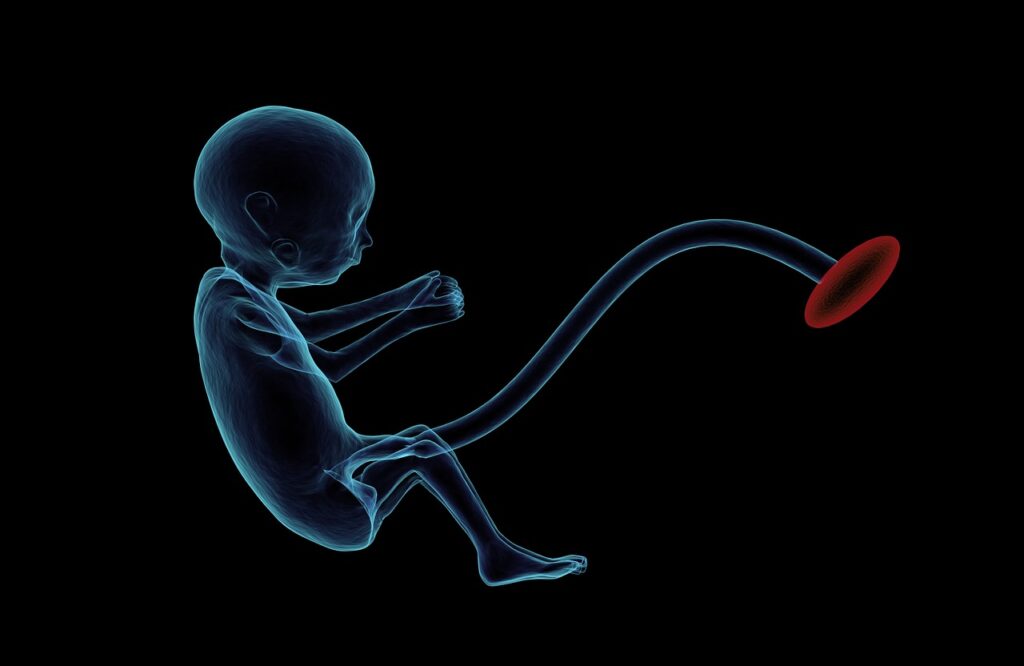Researchers from The Francis Crick Institute have found the clock that sets the speed of embryonic development and discovered that the mechanism is based on how proteins are made and dismantled. This study can also help us in understanding how different mammals evolved from one another and help refine methods for regenerative medicine.
The research recently appeared in Science journal.
It is known that almost all the mammals follow the same steps to grow an embryo to adult. Moreover, it involves the same series of events, in the same sequence, using similar genes and molecular signals. Even after so much of similarity, the speed these steps differs a lot from one species to another.
For example, the development of motor neurons takes about three days in mice whereas it takes over a week to develop in humans. But why is it so? Seems like an interesting question, right?
To find an answer to this question, researcher Teresa Rayon and colleagues in James Briscoe’s Developmental Dynamics lab at the Crick Institute started digging into it.
First suspect was obviously the environment around the embryo. The team grew motor neurons from stem cells in the lab, so they could time the cells’ development without any influence from the environment within the embryo. But, they saw the same difference in speed between the species. So, the surrounding environment was not the reason.
Then the team checked with genes, they inserted human DNA into mouse cells. Even this did not alter speed of development.
The researchers then discovered that differences in the speed at which proteins are broken down and replaced explains the difference in speed between the two species.
Proteins are constantly turned over, made and dismantled, in cells, and this happens twice as fast in mouse cells compared to human cells. This faster rate of protein turnover in mouse cells accounts for the faster pace of motor neuron formation.
Teresa Rayon explained, “Human and mouse motor neurons use the same genes and molecules for their embryonic development, it just takes longer for the process to play out in humans. Proteins are simply more stable in humans than mouse embryos and this slows the rate of human development.”
“It’s as if mouse and human embryos are reading the same musical score and playing the same tune but the metronome ticks more slowly in humans than in mice. Now that we’ve found the metronome, we want to understand how to change its speed.”
Understanding this mechanism which controls speed of development can have a lot of applications especially in regenerative medicine. It can have therapeutic applications. It can also give insights which can help us slow the cell growth in diseases like cancer.
Journal Reference:
Teresa Rayon, Despina Stamataki, Ruben Perez-Carrasco, Lorena Garcia-Perez, Christopher Barrington, Manuela Melchionda, Katherine Exelby, Jorge Lazaro, Victor L. J. Tybulewicz, Elizabeth M. C. Fisher, James Briscoe. Species-specific pace of development is associated with differences in protein stability. Science, 2020; 369 (6510): eaba7667 DOI: 10.1126/science.aba7667
Press Release: The Francis Crick Institute

